The origin of passion
The house of more than 2,000 m2 of Mr. Huynh Dang Hien's family (Tran Hung Dao Ward, Kon Tum City, Kon Tum Province) lies quietly under the shade of trees. For a long time, the 46-year-old man has turned his house into a place to store antiques from tens of thousands of years ago.
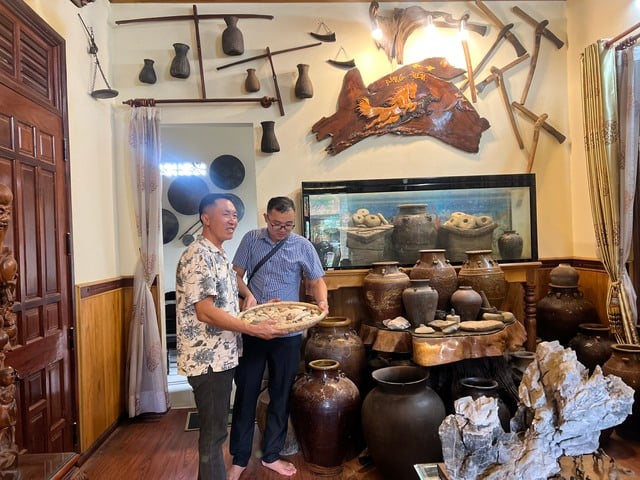
Antique collection of Mr. Huynh Dang Hien
PHOTO: DUC NHAT
After many appointments, we finally had the opportunity to admire the collection of stone age axes, hoes and picks, along with strangely colored tree trunk coffins.
In the luxurious living room, Mr. Hien designed the exhibition areas in chronological order, giving visitors the feeling of traveling through time. Under the reception desk are thousands of stone adzes and axes from prehistoric times. Next is the exhibition area of bronze axes from the early metal age, several thousand years ago. The collection of Champa terracotta pipes is also given a solemn area for display.
All of these artifacts are carefully preserved by the owner under transparent tempered glass. At the end of the table are glass cabinets containing ceramic jars, pots, and pans of various styles. On the wall are wooden shelves displaying a jumble of canteens, bullet butts, and war memorabilia.
Mr. Hien confided that he was born and raised in Kon Tum. After graduating from Ho Chi Minh City University of Agriculture and Forestry, he joined a foreign company specializing in fertilizers and agricultural materials. This company has a pretty good compensation policy, as every year it sends its employees on trips to experience foreign cultures.
During his travels , Mr. Hien was introduced to antiques and historical figures by the locals. Even everyday items that were used decades ago were preserved and introduced.
"They are very precious and proud of historical cultural figures and archaeological artifacts of the land they live in. They keep familiar everyday items such as baskets, trays, winnowing baskets, and trays. When tourists come to visit, they bring out those items to introduce. Not only does it develop tourism and services, collecting those items also has the meaning of preserving traditional values. So why don't we try it?", Mr. Hien shared.
When returning home, Mr. Hien always thought about collecting antiques, artifacts, and everyday items that were gradually being replaced and lost. However, it was not until 2008, after quitting his job at a foreign company, that Mr. Hien returned home and opened a store selling agricultural supplies. Only then did he have time to pursue his passion.
Telling about Kon Tum through antiques
For many years, Mr. Hien has been wandering around villages to collect antiques. From here, he learned about the Lung Leng site (in Sa Binh commune, Sa Thay district, Kon Tum), where traces of prehistoric people from tens of thousands of years ago are preserved.
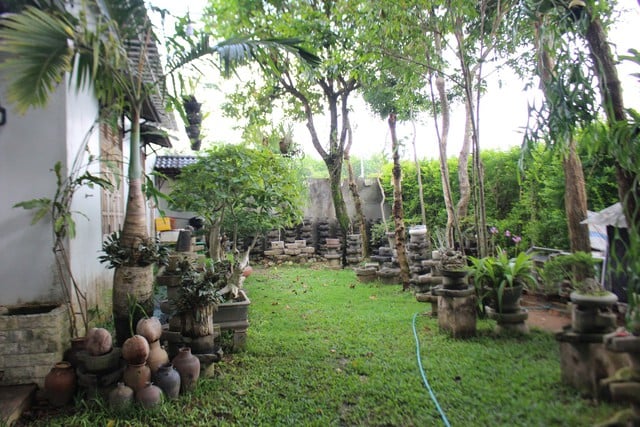
Mr. Huynh Dang Hien owns hundreds of stone mortars of the Kinh people when he arrived in Kon Tum in the 19th century.
PHOTO: DUC NHAT
"I heard that the local people have preserved many stone tools. These artifacts were collected by the people near the Lung Leng site. I immediately went there to find out and ask to buy them. Some items were easy to buy, but there were also items that required many trips and many ways of persuasion before the local people agreed to sell them," said Mr. Hien.
Here he collected tools made from stone, ceramics, bronze, and labor and production tools. To understand more about them, Mr. Hien read related documents and books. The more he studied, the more surprised he was when
Kon Tum has a long history and culture. However, for many years, this knowledge has been confined to museums or scientific documents and has not been widely disseminated to the outside world.
"In other places, the local people all know about the long history of their homeland. However, in Kon Tum, the mysterious curtain about a long period of time from ancient times to the Middle Ages has not been lifted. Therefore, tourists coming to Kon Tum only know about gongs and xoang dance. Why not tell about Kon Tum with another story from the discovered artifacts?", Mr. Hien wondered.
To date, Mr. Hien has owned more than 3,000 artifacts, most of which are stone artifacts such as shouldered stone axes, buffalo-tooth shaped adzes, drilled stones, lamp stands, grinding tables, decorative ceramic pieces, and brass tools. Among them, there are some very rare and valuable archaeological items that few people can collect. Most of these artifacts were collected by him at the Lung Leng site and surrounding areas.
Plan to open a museum
Mr. Hien said that the artifact he is most proud of is the bronze arrowhead mold shaped like a swallow. This artifact is considered unique in the Central Highlands and was displayed at the 2023 National Archaeological Announcement Conference in Hanoi. This mold is highly appreciated by many archaeological research experts for its research value.
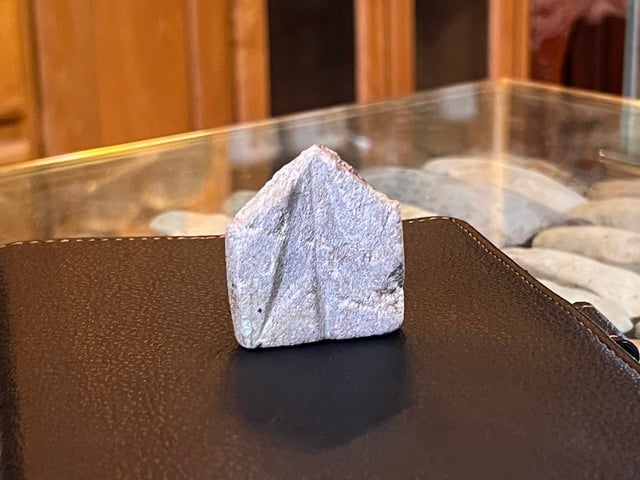
Mr. Hien owns a bronze arrow mold shaped like a swallow's wing, an antique considered unique in the Central Highlands.
PHOTO: DUC NHAT
Not only collecting tools from the Stone Age, Mr. Hien also buys pottery, war relics and everyday items used by local people such as coffins, wooden masks, tomb statues, and dugout canoes. In addition, there are many artifacts used by Kinh people in production when they arrived in Kon Tum in the mid-19th century such as stone rice mills, wooden mortars, charcoal irons, plows, harrows, and wood saws.
Along with each artifact, Mr. Hien always reads documents to understand more about them. Up to now, after 15 years of research, he has a significant understanding of antiques as well as the history of the development of the land.
All the artifacts he collected are contained within the Kon Tum area. Therefore, it reflects quite fully the historical flow of culture and life that once took place on this land. That is why he only preserves and displays these artifacts and does not trade or exchange them for fear of cross-pollination. He said that he is cherishing the plan to build a private museum so that people can visit, learn, and know more interesting things about the Kon Tum land.
Mr. Pham Binh Vuong, Department of Culture and Family Management, Department of Culture, Sports and Tourism of Kon Tum province, said that Mr. Hien's collection has special value, contributing significantly to the study of the cultural history of Kon Tum - Central Highlands in general and the archaeological site in Kon Tum in particular. "In the coming time, we will continue to consult and connect with experts to help Mr. Hien in inventory, classification, scientific preservation, as well as appraisal and clarification of information related to the artifacts," Mr. Vuong said.
Source: https://thanhnien.vn/ke-chuyen-kon-tum-bang-do-co-185250616225014097.htm


![[Photo] Cat Ba - Green island paradise](/_next/image?url=https%3A%2F%2Fvphoto.vietnam.vn%2Fthumb%2F1200x675%2Fvietnam%2Fresource%2FIMAGE%2F2025%2F12%2F04%2F1764821844074_ndo_br_1-dcbthienduongxanh638-jpg.webp&w=3840&q=75)





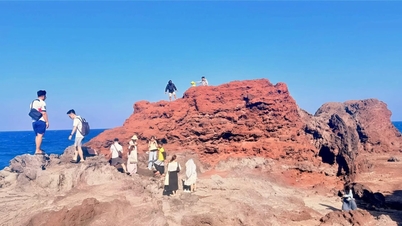




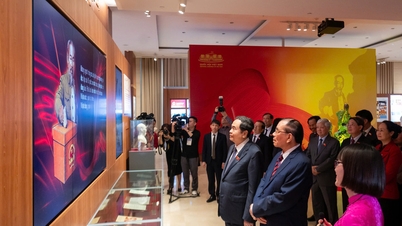







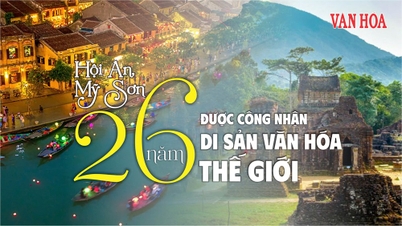


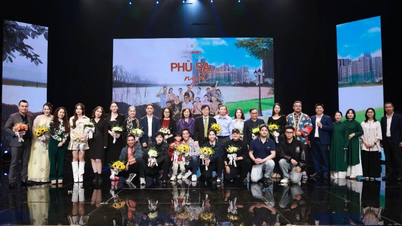

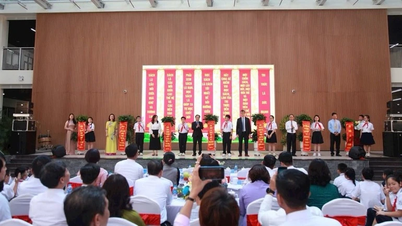
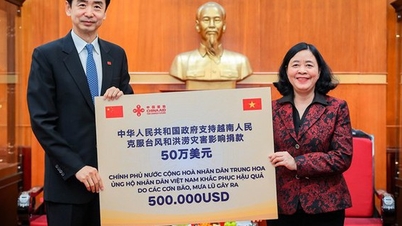









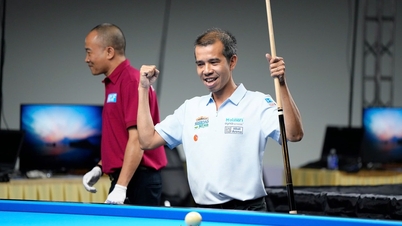


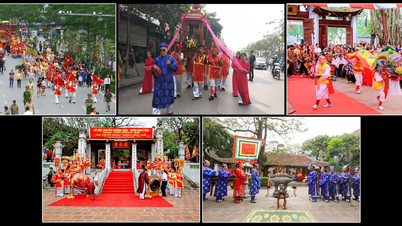
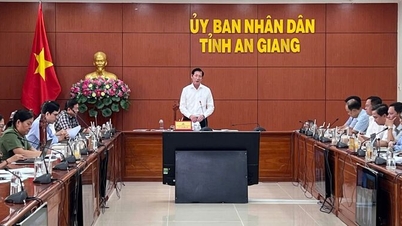

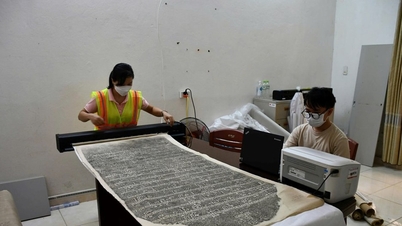

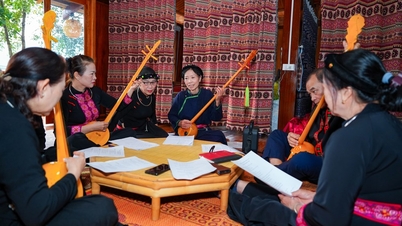


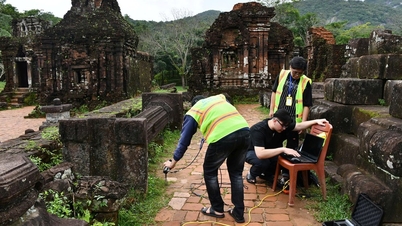




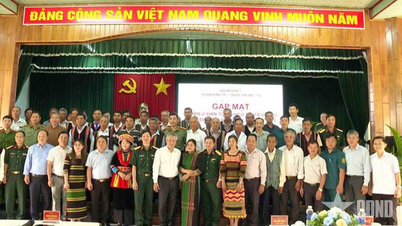
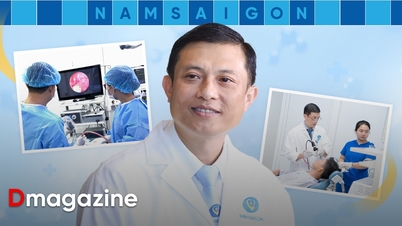

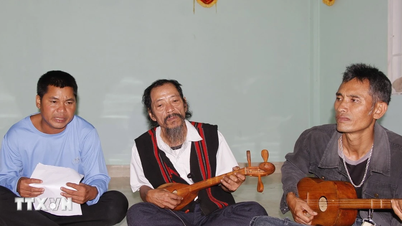
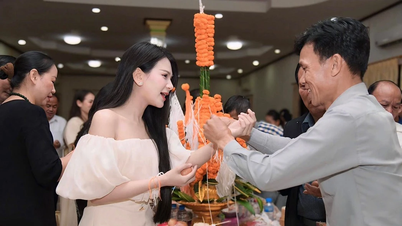

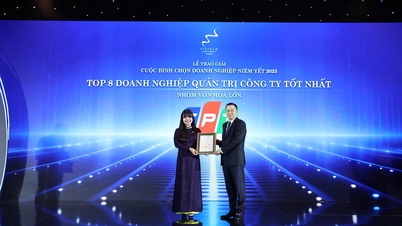



![[VIMC 40 days of lightning speed] Da Nang Port: Unity - Lightning speed - Breakthrough to the finish line](https://vphoto.vietnam.vn/thumb/402x226/vietnam/resource/IMAGE/2025/12/04/1764833540882_cdn_4-12-25.jpeg)















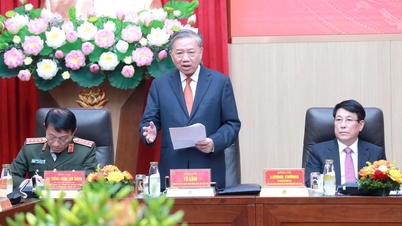

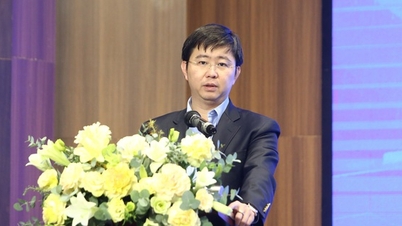




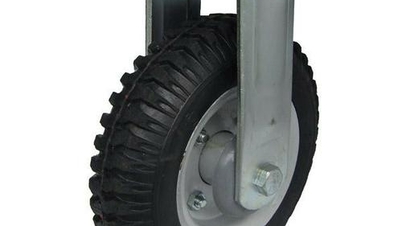























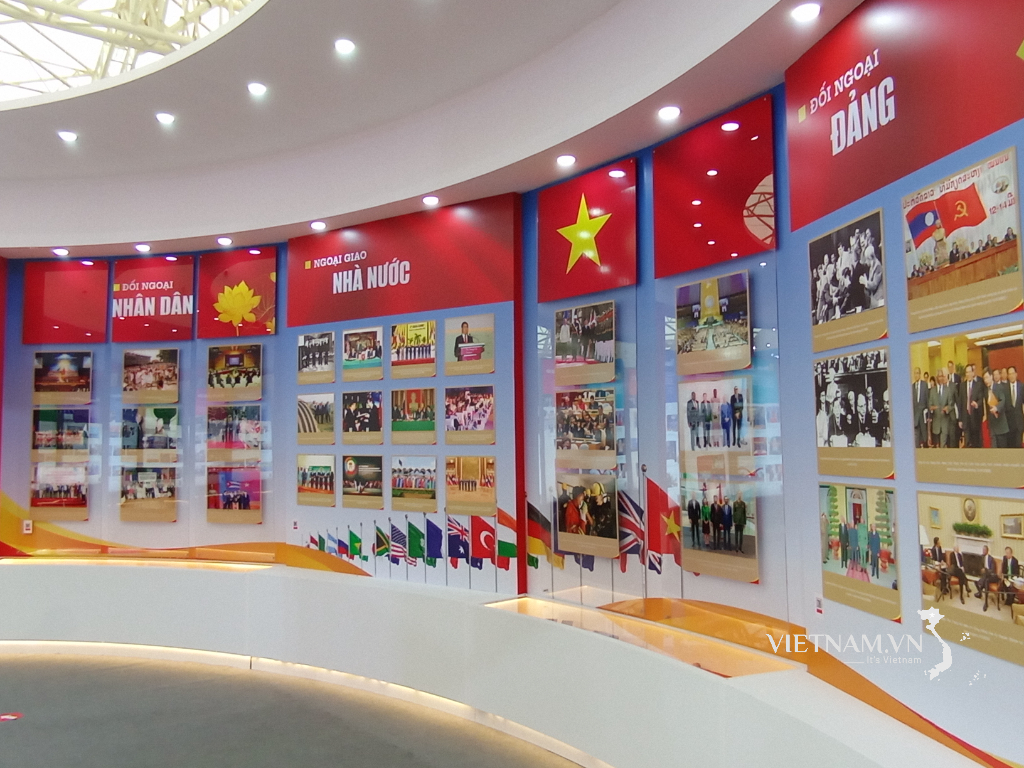
Comment (0)